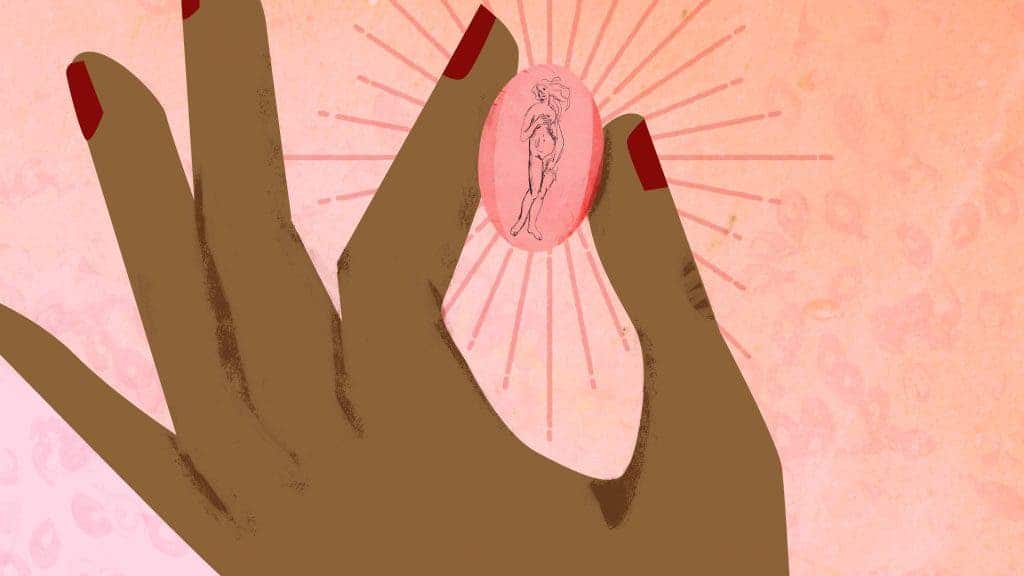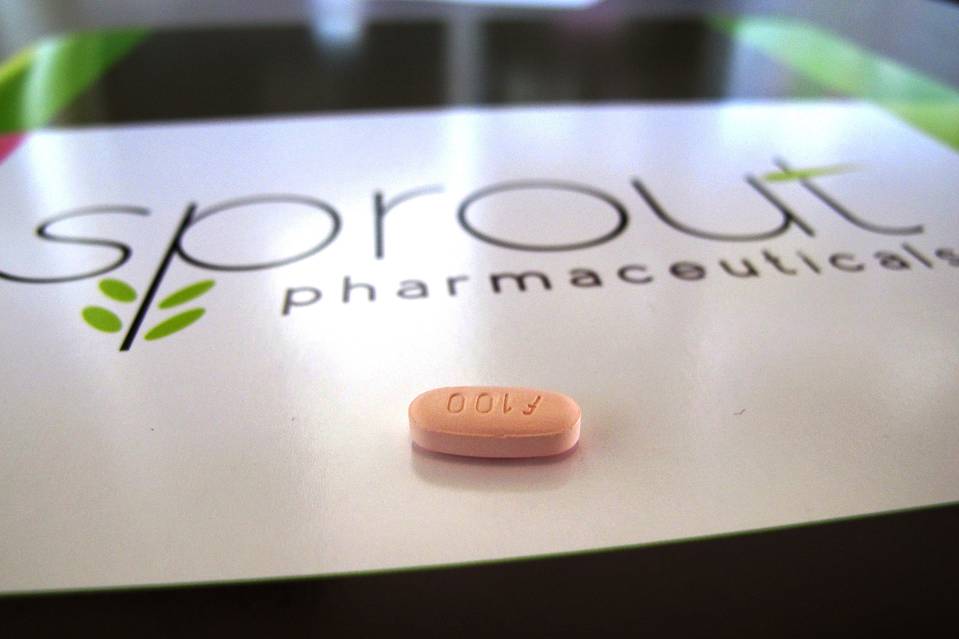A drug called Flibanserin, also known under the name of Addyi, is marketed as the first designed to boost a woman’s sexual desire. This week the FDA will decide whether to approve the drug or not, however looming safety concerns could count against Sprout Pharmaceuticals, the parent company marketing the Flibanserin.

“Not tonight, honey”
Flibanserin intends to be the first-ever drug to treat hypoactive sexual desire disorder (HSDD), a form of chronic low sexual desire, in women. HSDD is affecting 16 million women in the US. The disorder itself, however, doesn’t look much like a disorder, though it appears to have become an official diagnosis in the International Classification of Diseases used by clinicians and gynecologists. It’s a dubious disorder, to say the least, since there’s no clear biological cause of the disorder or any diagnostic test other than a questionnaire. Basically, if you’re a women who feels no urge to have sex with your partner or anyone for that matter, than you fall in this spectrum. Women with HSDD can still enjoy sex and have orgasms like other perfectly healthy woman. It’s just that they don’t feel like it.
The FDA previously rejected the female libido pill twice since 2010. The decision in 2005 was unanimously against it, mostly because of the side effects which include dizziness, nausea and sleepiness. Taking the drug at the wrong time of day or with alcohol may also cause rare instances of fainting from low blood pressure. Also, women need to take the pill once a day for months before they can see any improvements in their sex drive.
Moreover, critics have voiced concerns that Flibanserin bears little improvements over placebo control groups, which is why it was rejected by the FDA in 2009 and 2013. Afterwards an advocacy group called Even the Score, sponsored by Sprout, accused the FDA of sexism. Why allow Viagra and other erectile dysfunction drugs, which granted also bear nasty side effects, but not Flibanserin? Apparently, cornered, the FDA advisory panel approved the drug on the condition that its manufacturer develops a plan to limit safety risks. The vote was preceded by testimony from women who urged the agency to approve the drug and told about their fears of never being able to have sex again.
“I should be able to determine if Flibanserin is worth the benefit of treatment,” said Amanda Parrish, one of more than 11,000 women who participated in a clinical trial of the pill.
“What a relationship-saving eight months that was,” she said.
The issues the FDA has with Flibanserin have less to do with gender bias, and more to do with the drug itself, though. Enthusiasts were quick to point out after the last rejection that there are 20 FDA-approved drugs to treat male sexual dysfunction and a whopping 0 for women, but reality is different. There is no drug currently approved for treating low sexual desire in men or women. What Viagra and other drugs like it do is deal with the mechanics of erectile dysfunction rather than brain chemistry.
Women taking the drug reported experiencing only between one-half and one more satisfying sexual events per month than volunteers taking a placebo.
“The fundamental question is whether these observed placebo-corrected treatment effects outweigh the risks associated with treatment,” the FDA said in its latest review.
How does Flibanserin work?

Though there isn’t any biological marker that could help diagnose HSDD, brain scans reveal that HSDD women have lower response to erotic material than those of other women. Doctors believe this can be attributed to imbalances of serotonin and dopamine which can cause a sudden lapse in sex drive.
Flibanserin was initially developed as an antidepressant by a German company called Boehringer Ingelheim. “It’s a neurotransmitter reuptake inhibitor, like many other approved antidepressants,” says John Thorp who was the principal investigator for flibanserin studies in North America under Boehringer Ingelheim. The drug has since been bought by Sprout. In effect, the drug increases dopamine and norepinephire and decreases serotonin in the brain, thought to lower feelings of inhibition. Just like Viagra didn’t work as initially intended (to lower blood pressure), so did Flibanserin fail as an antidepressant. On the upside, it seemed to increase libido.
But is “not filling in the mood” worth the side effects? Having sex once or twice a month can mean all the difference for some women. Some critics, however, feel that HSDD isn’t a real disease, but a natural “phenomena of aging, and this drug is trying to jazz up women’s sexuality to meet the hypersexual world in which we live,” Thorp says. “After all, aerobic fitness at 40 isn’t what it was at 20.” Despite there are many women in their twenties classed as HSDD or “not tonight”, most are over forty.
Since it was last rejected by the FDA, a panel of real women living with HSDD has been assembled so that the agency may better understand their wishes and concerns. If there’s a real disease for which there is currently no treatment, the FDA is obliged to take all steps necessary to alleviate this need. The FDA also requested more safety and side effect information about the drug.
I can understand why some women would want Flibanserin, but I’m not sure about treating sexual desire as a problem, lack of it I mean. This all seems like an over simplification. If you don’t have sex, then you’re in trouble. “What’s wrong with you?” Well people, both men and women, some of them, just stop having sex past a certain age. Maybe that’s normal. Maybe Flibanserin – the whole concept – is abnormal.
“The misrepresentation that everybody should be having it — needs to have it, wants to have it, has a problem if they don’t have it — is to change, really, what sexuality is into more of a medical thing,” says Leonore Tiefer, a psychologist at New York University. “I think that’s a terrible direction for knowledge, for understanding, for society.”






